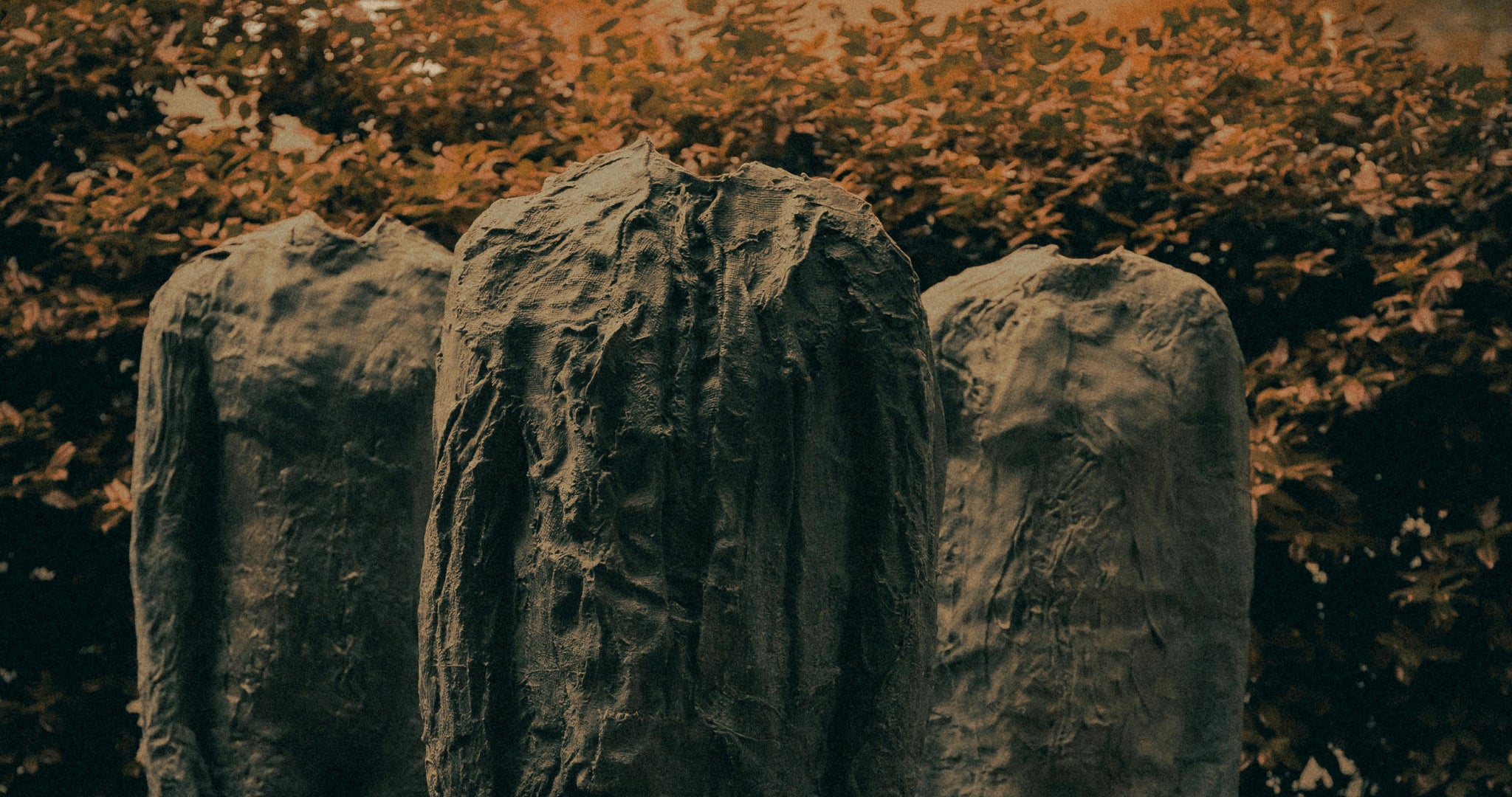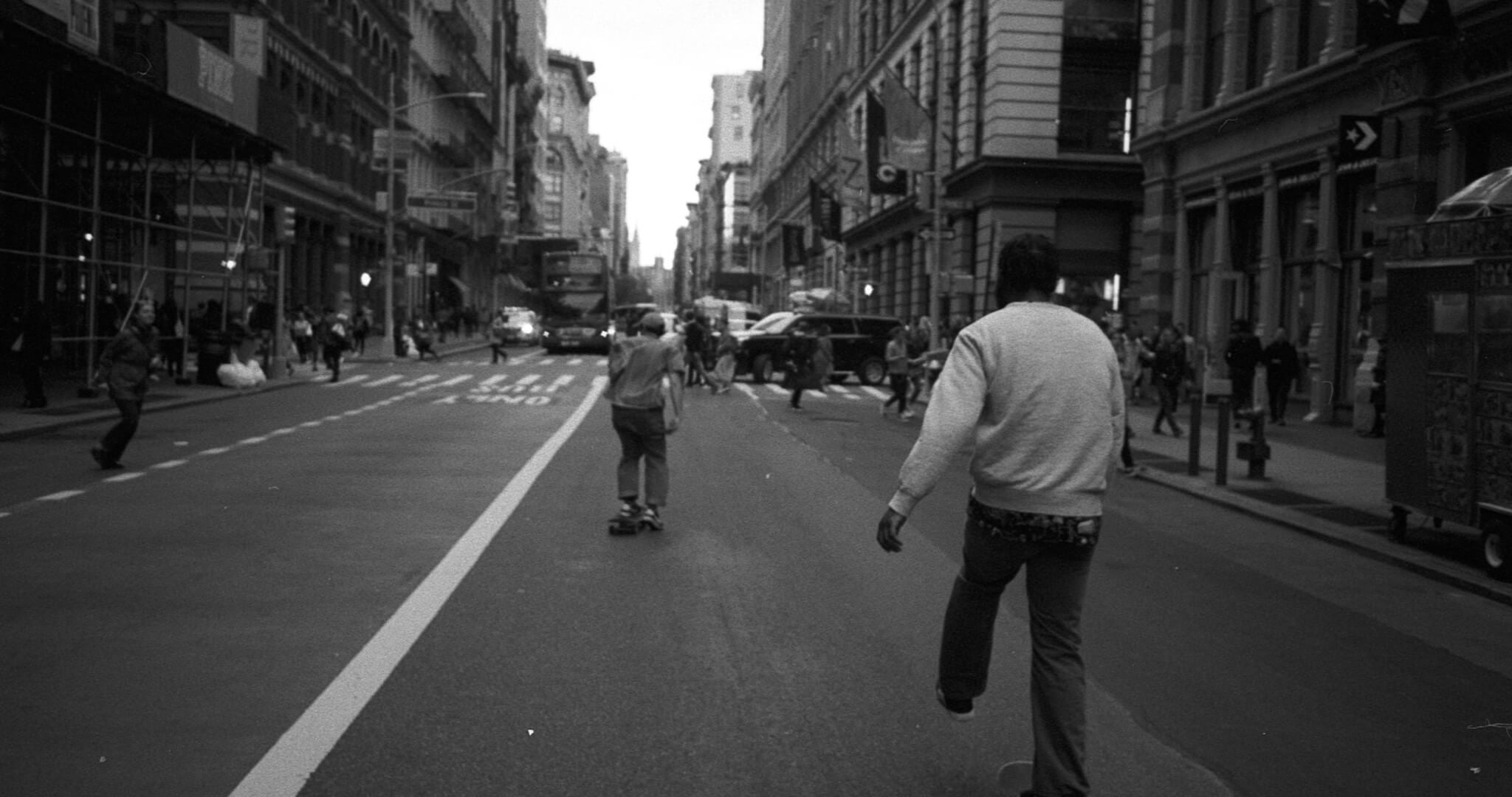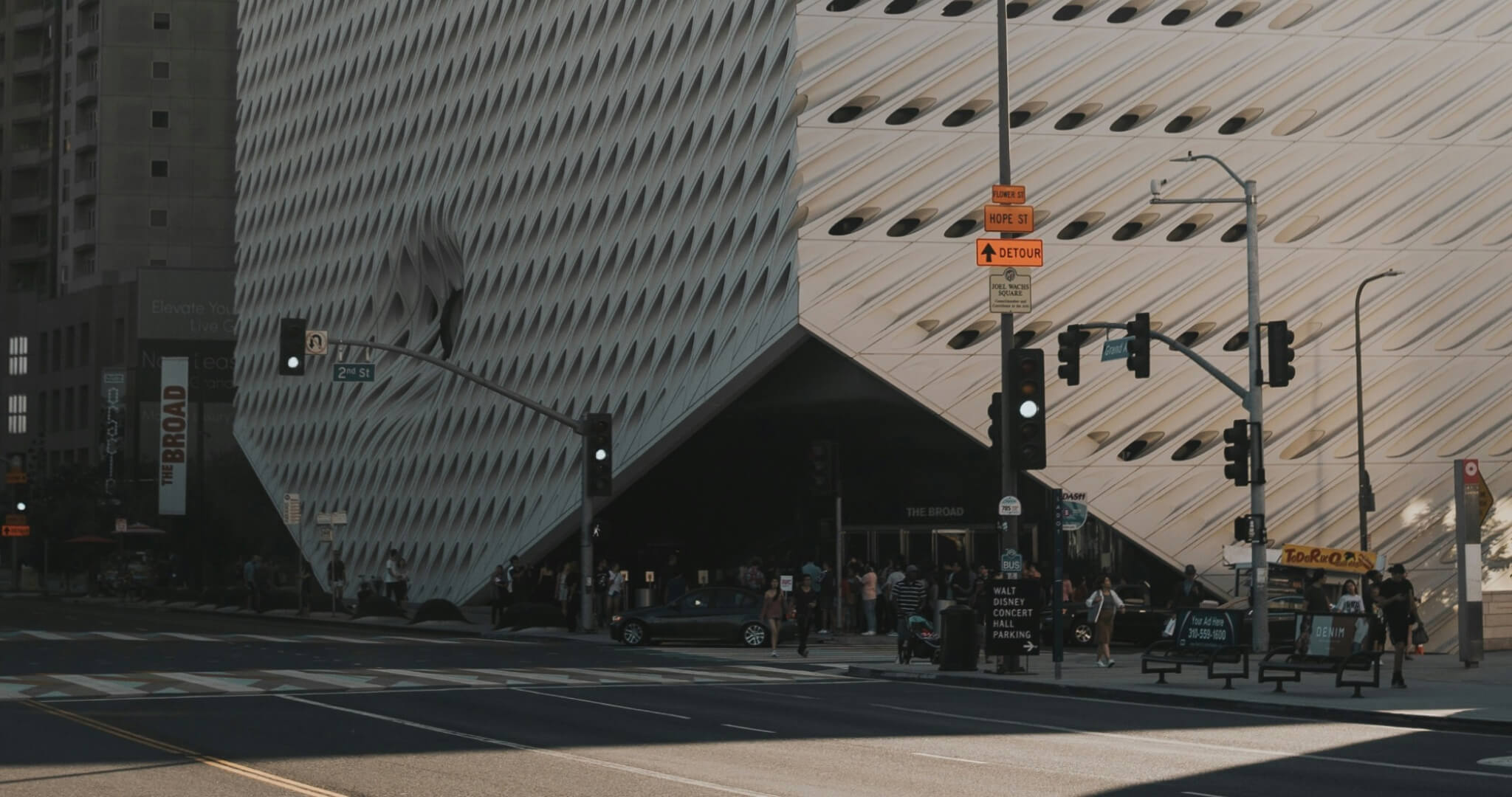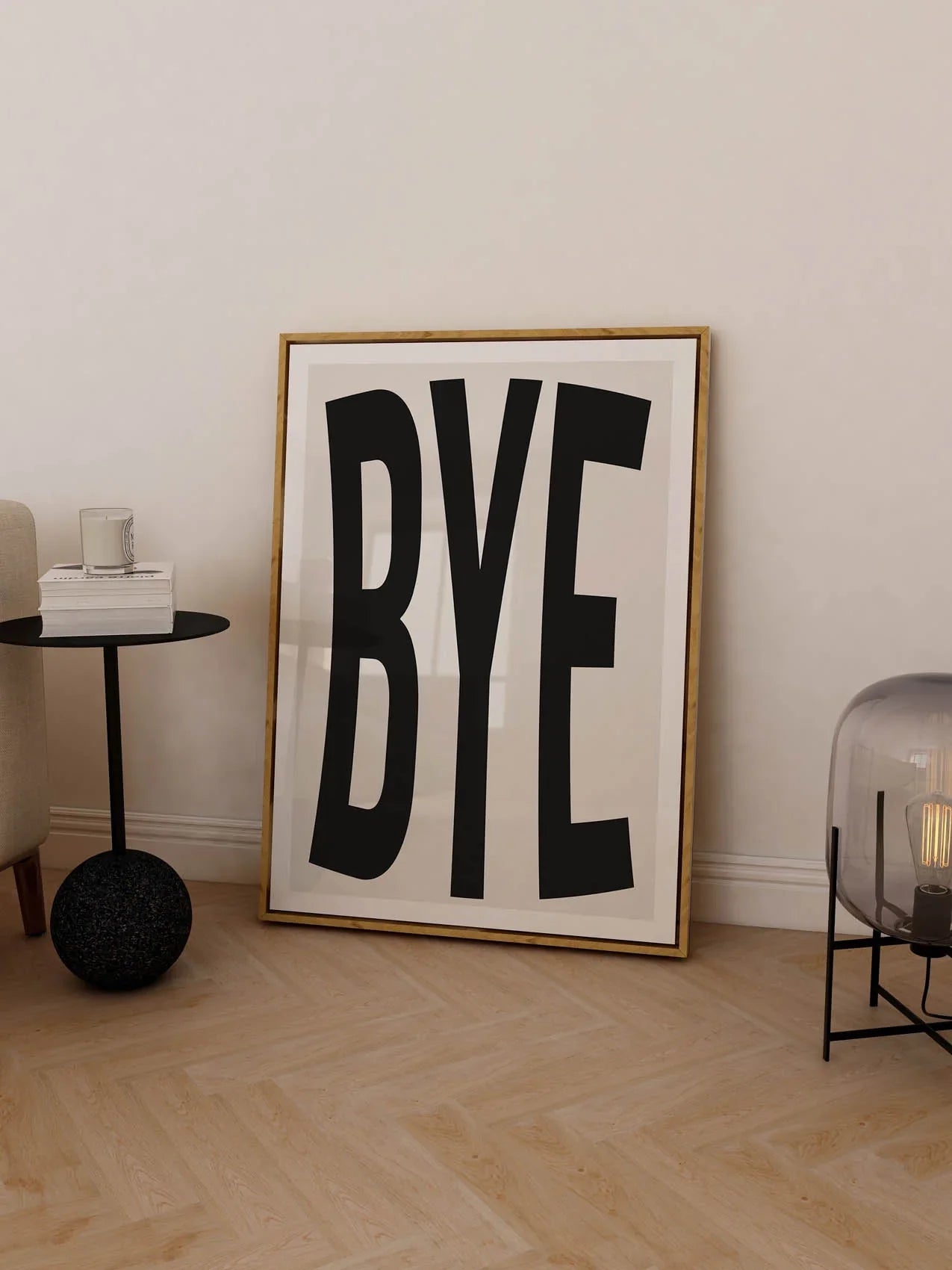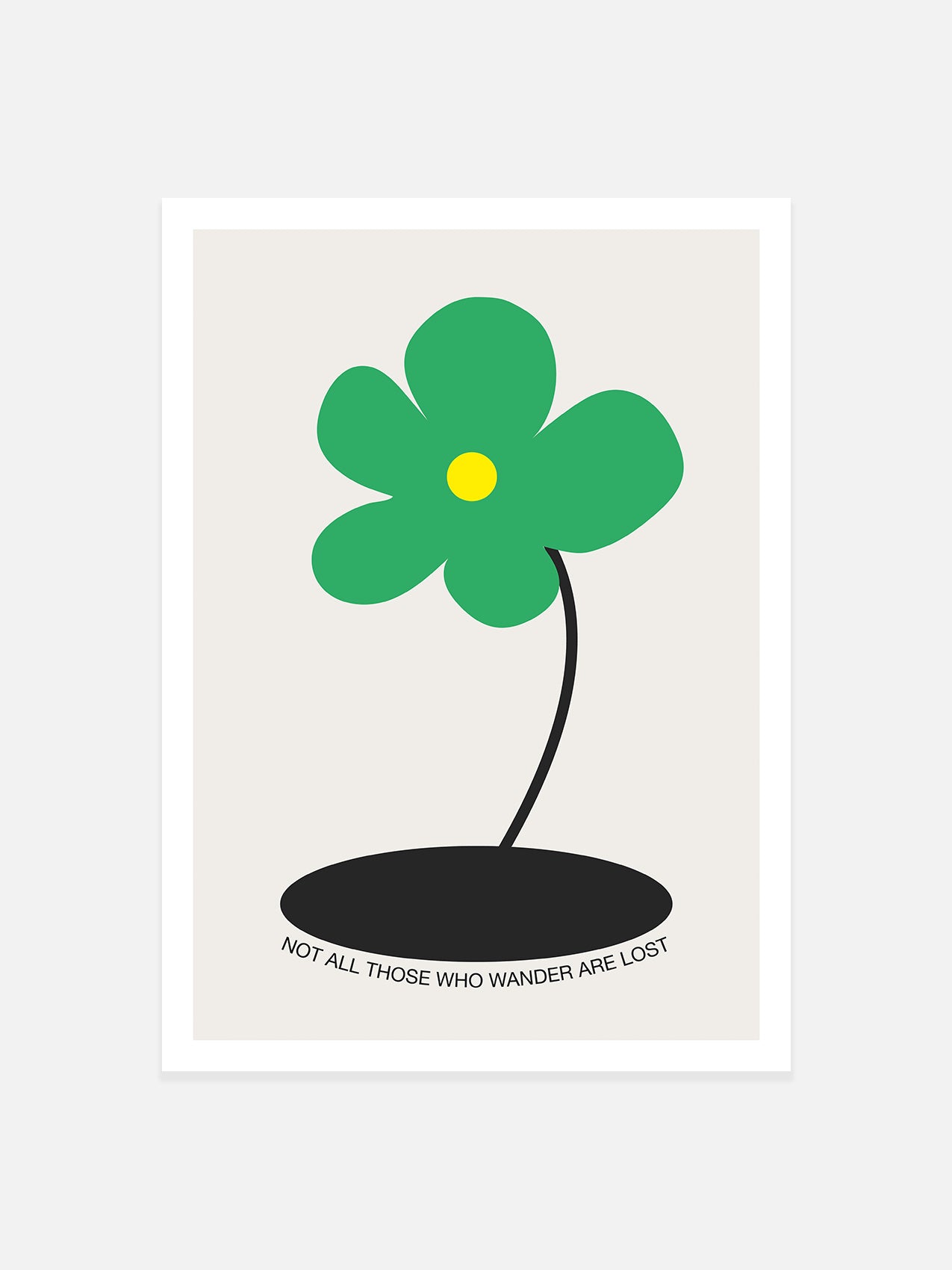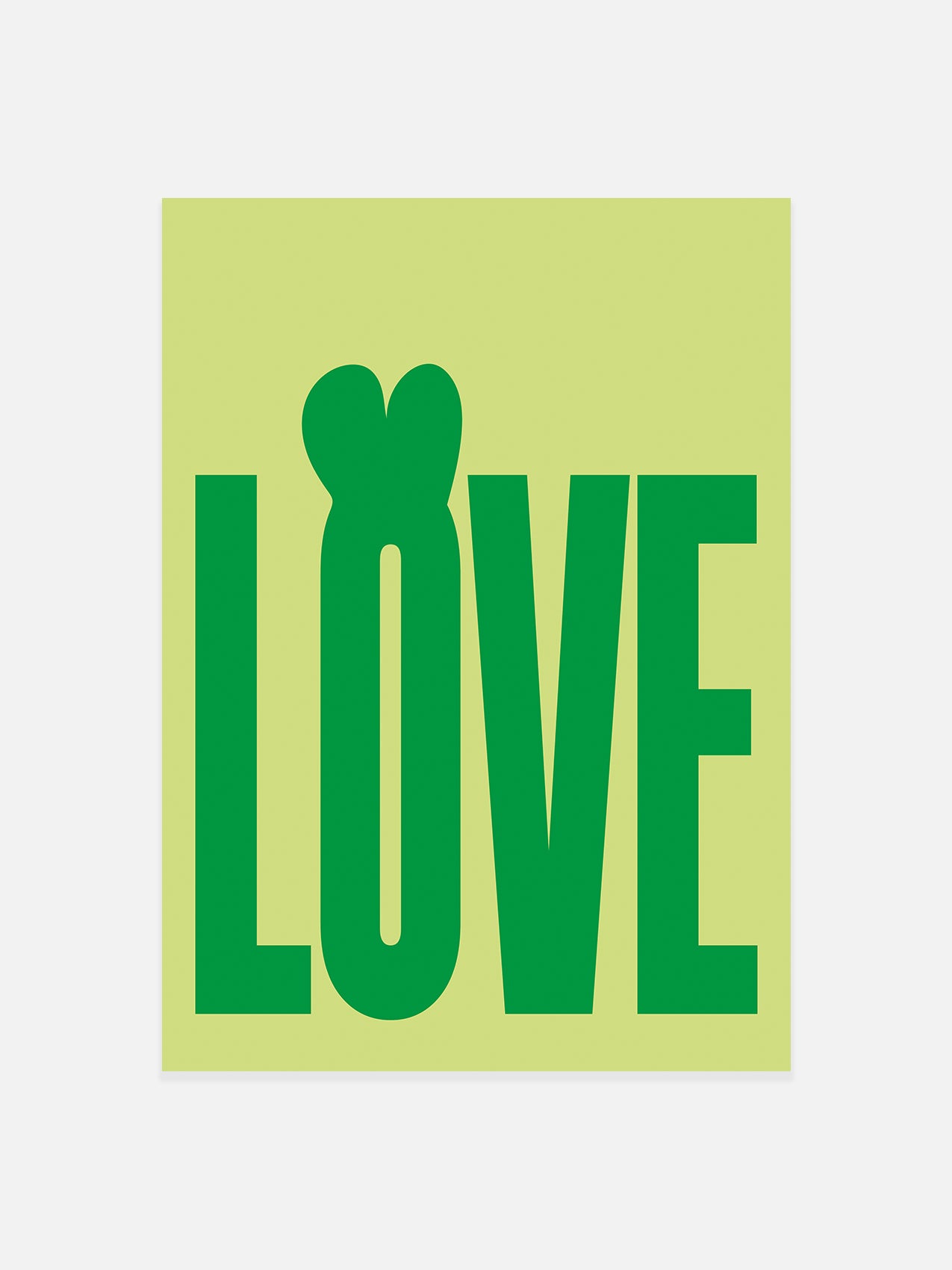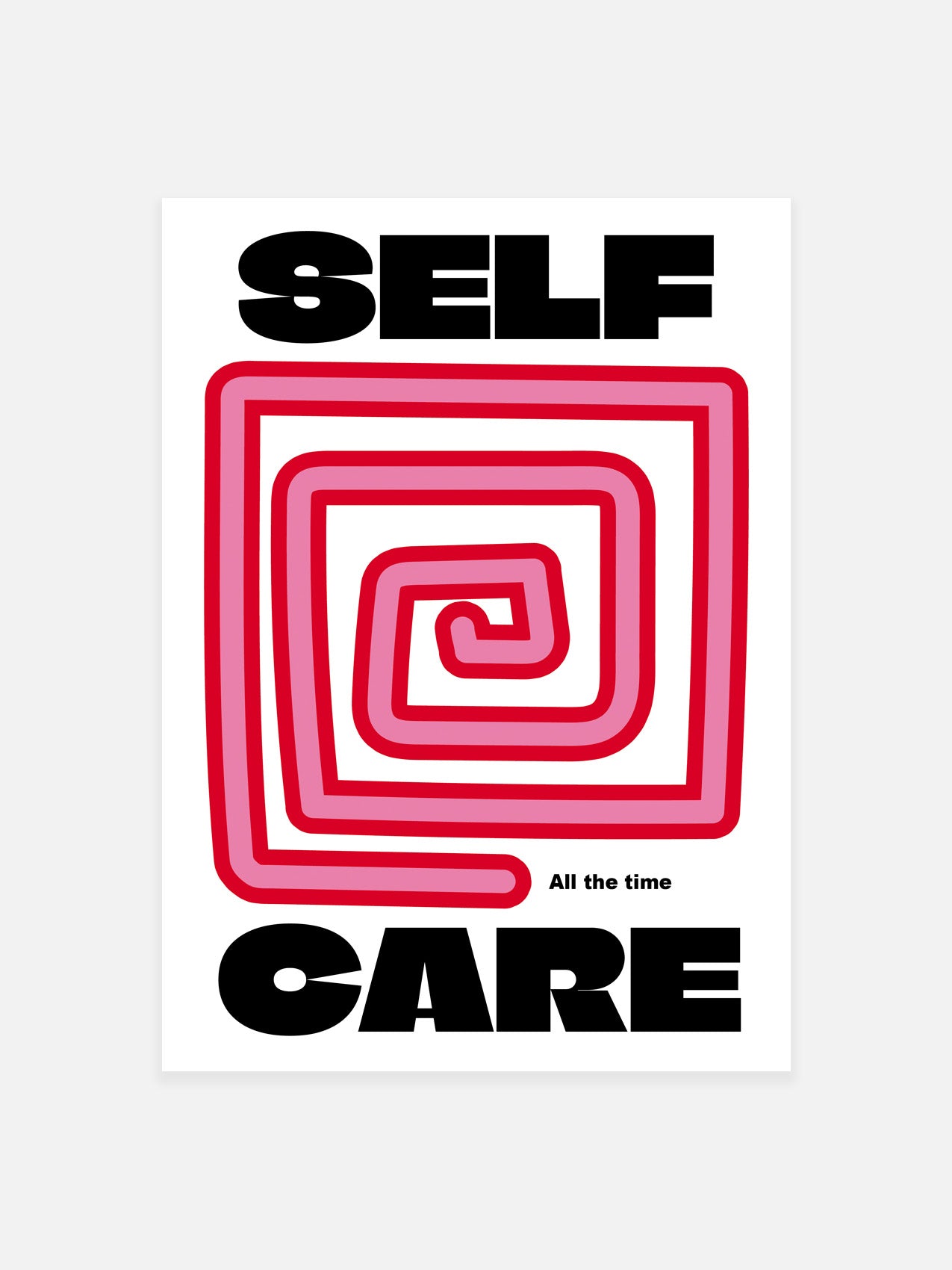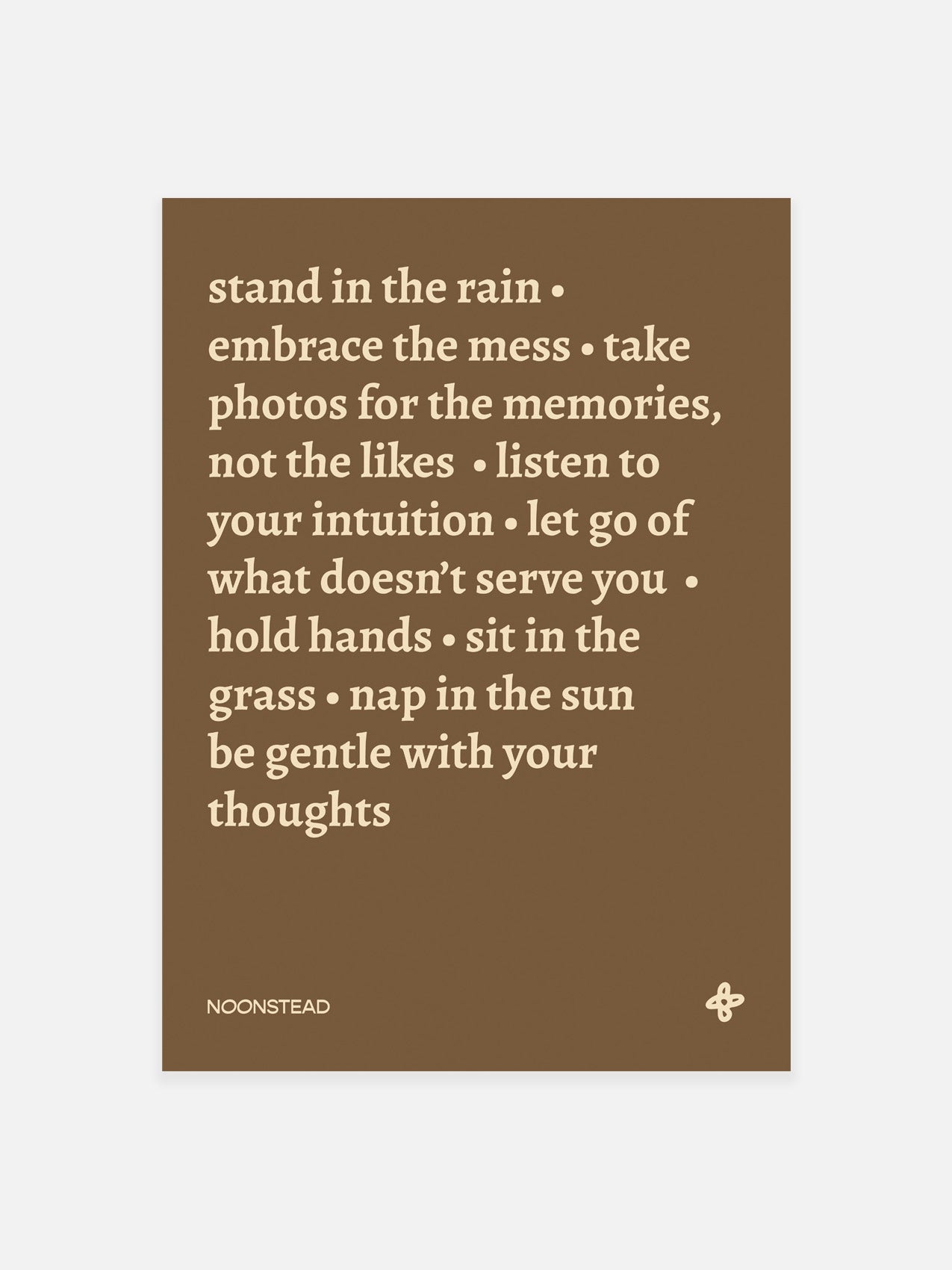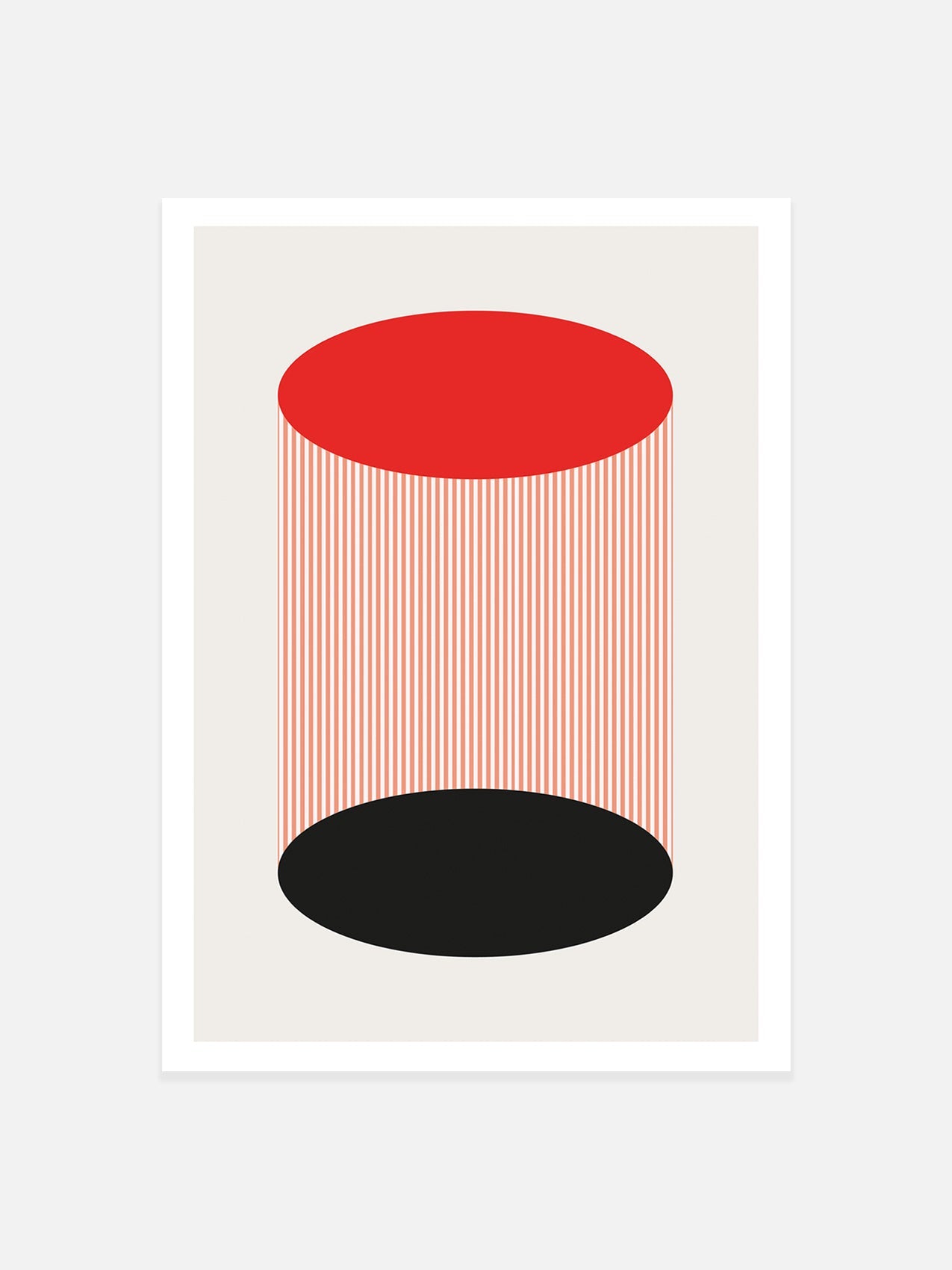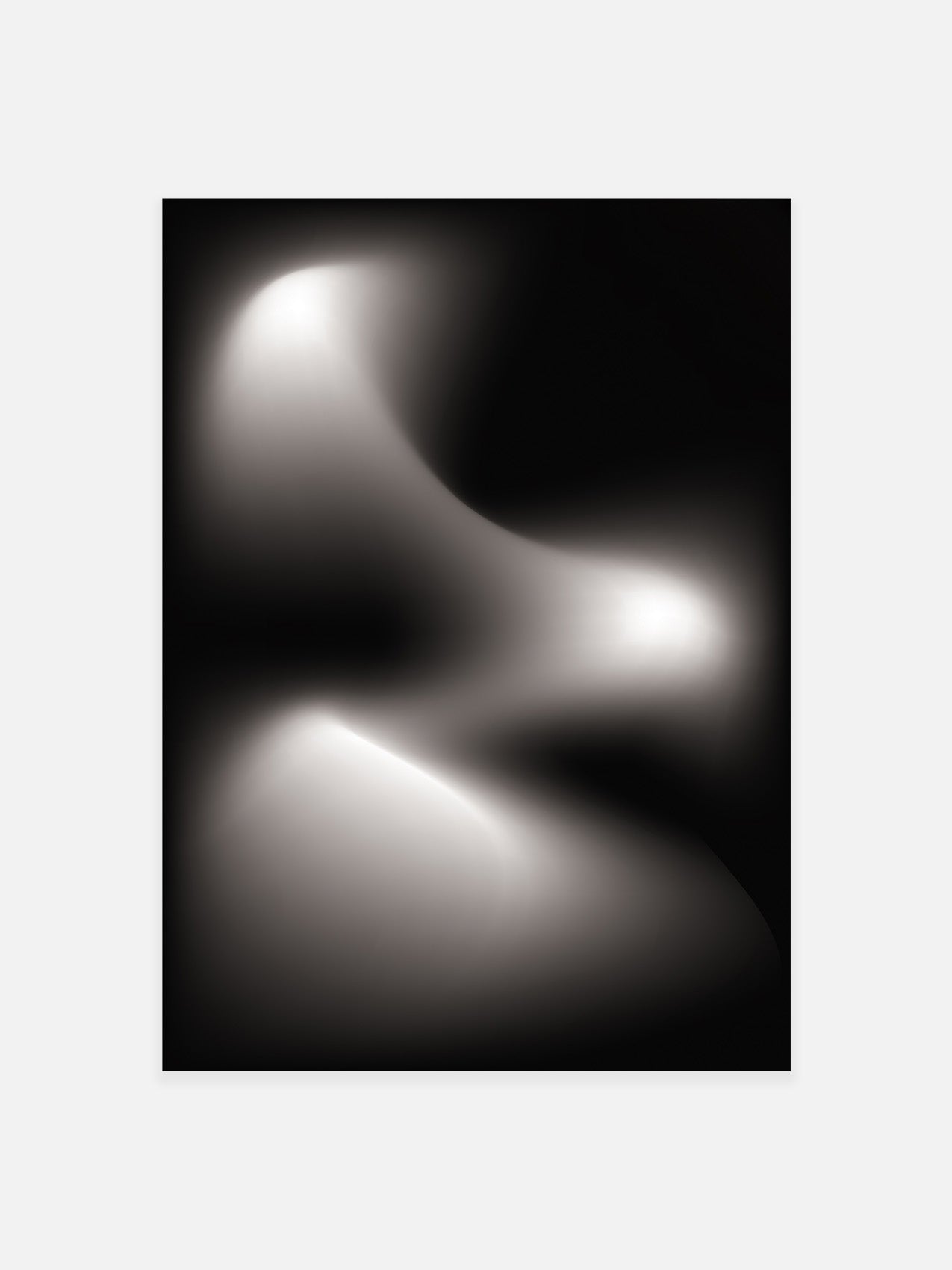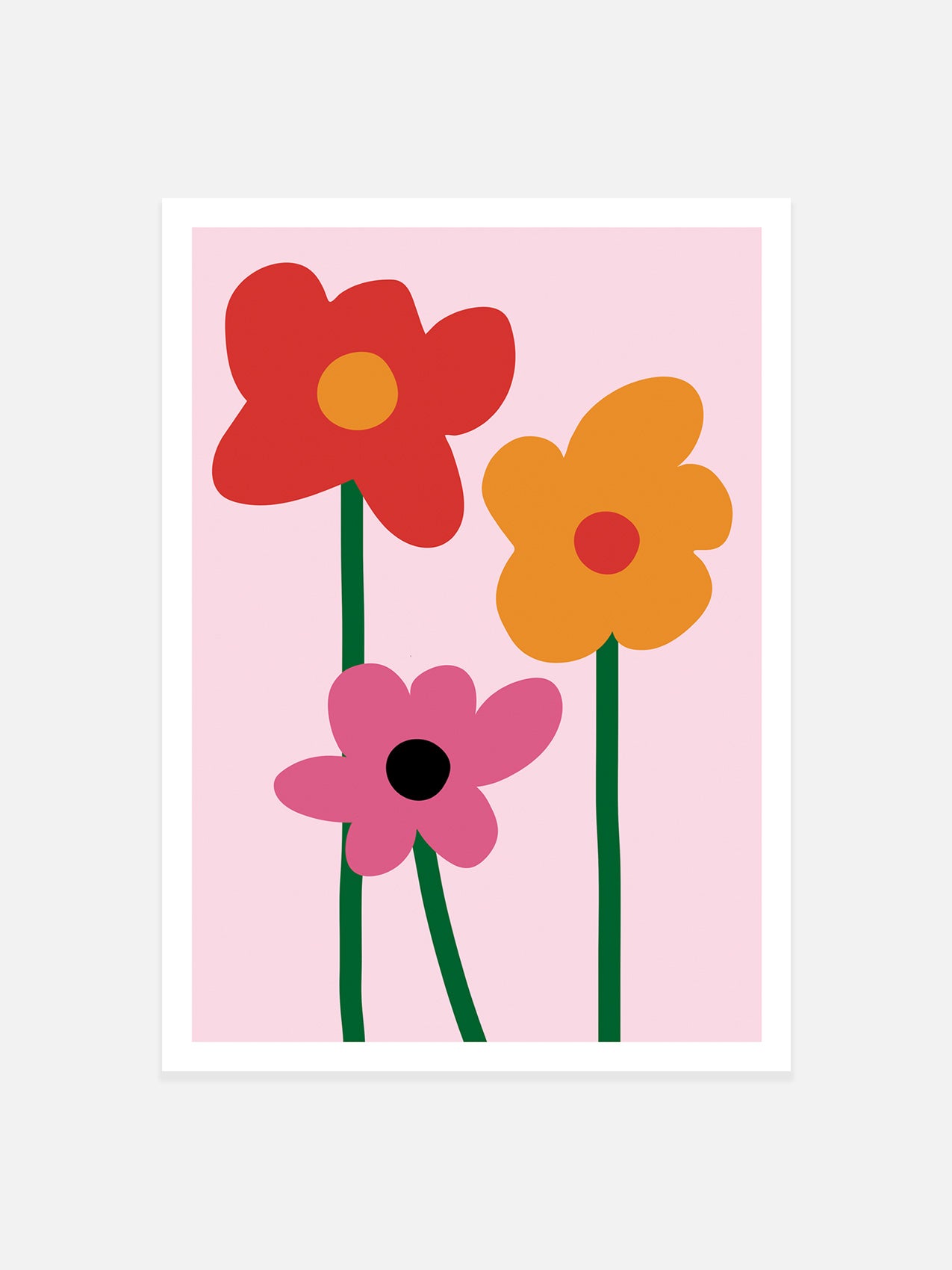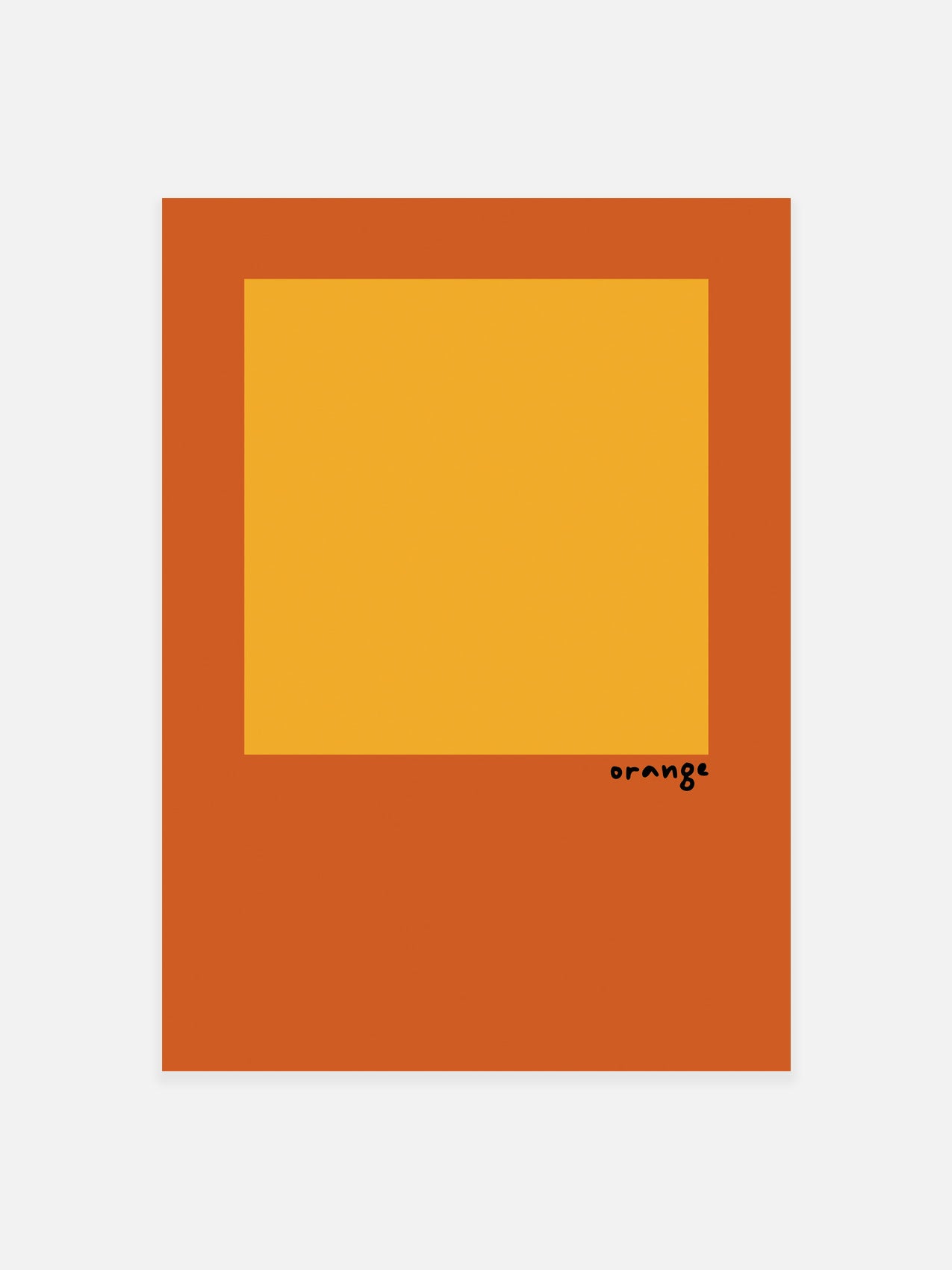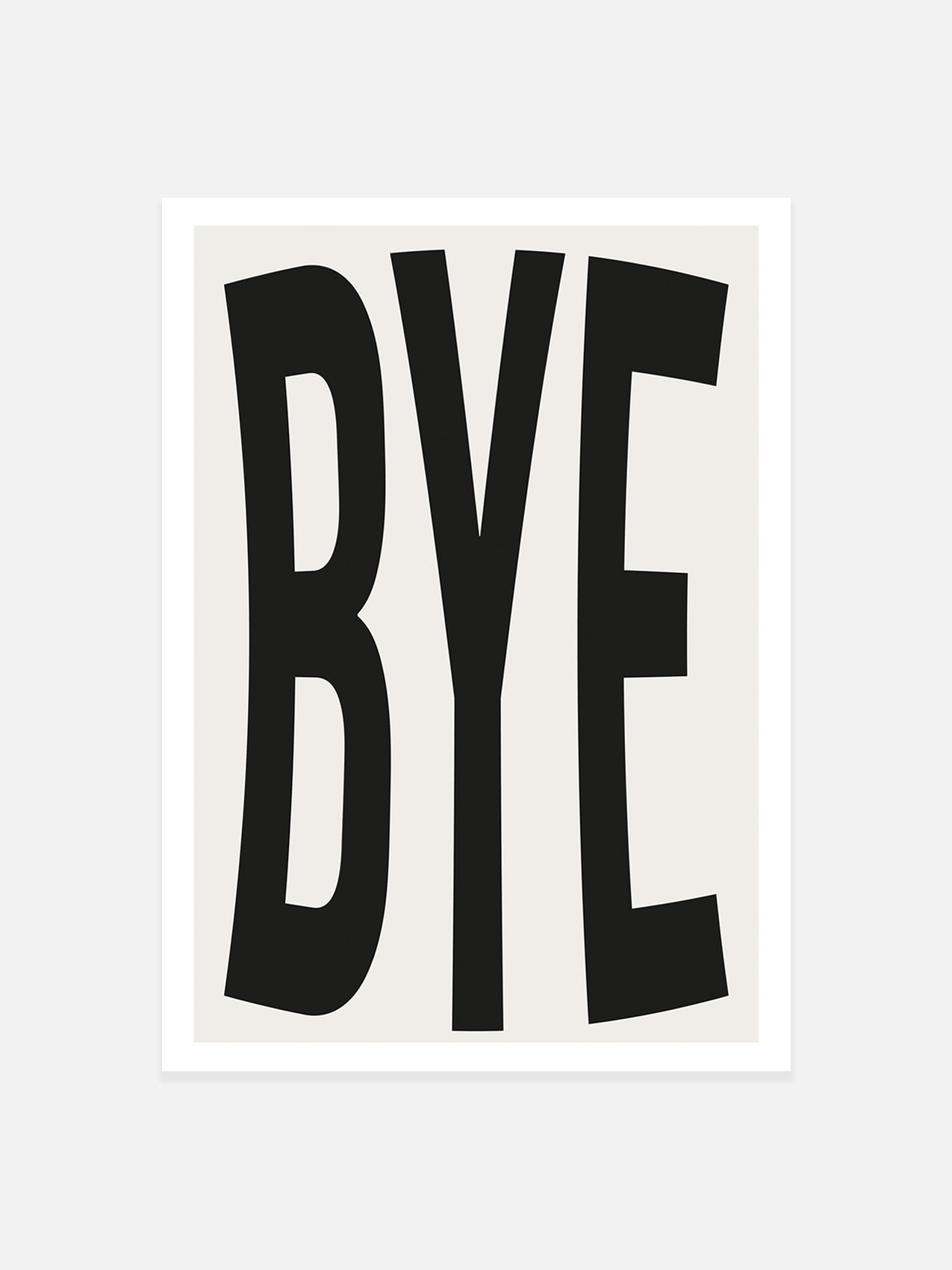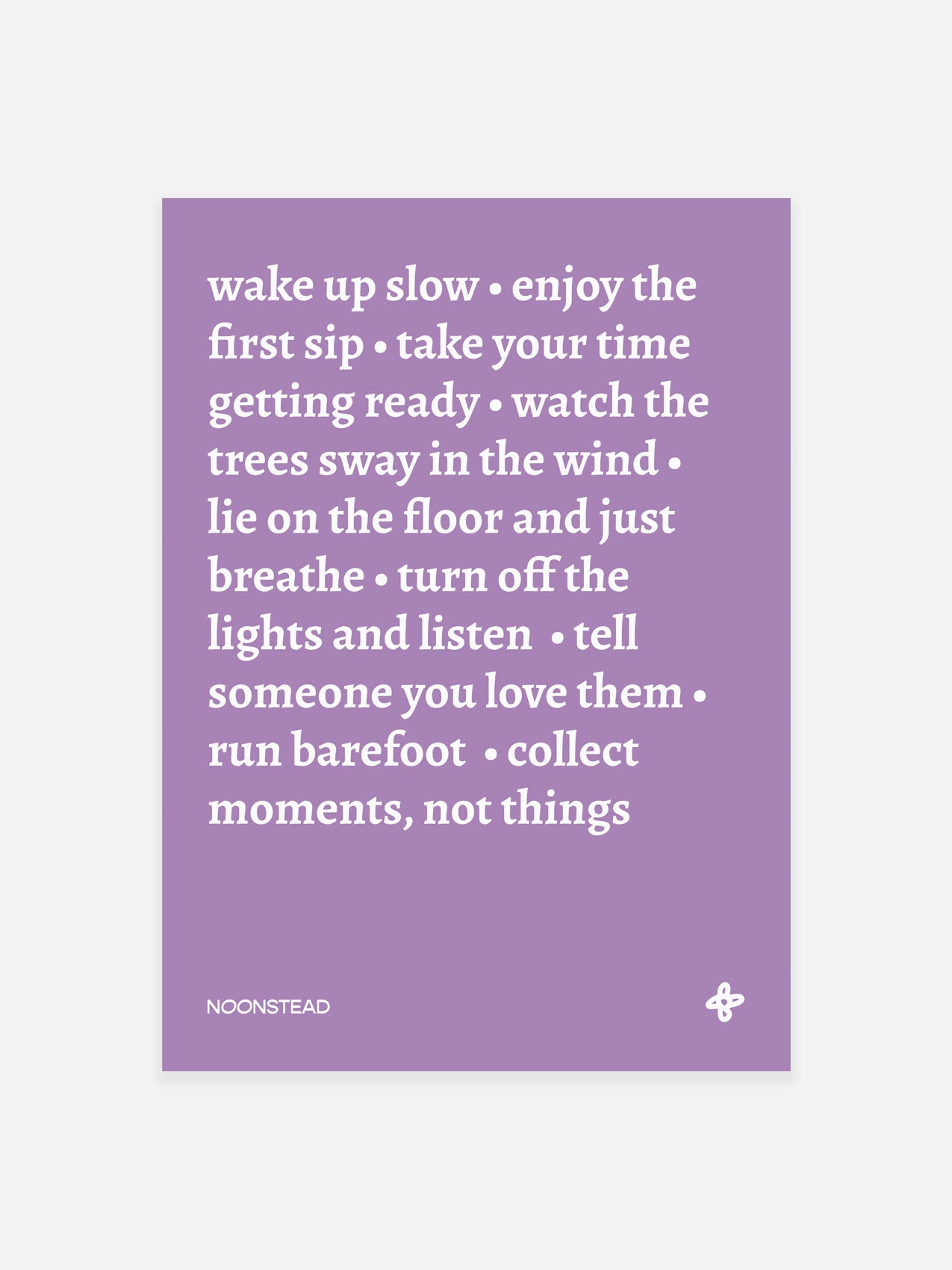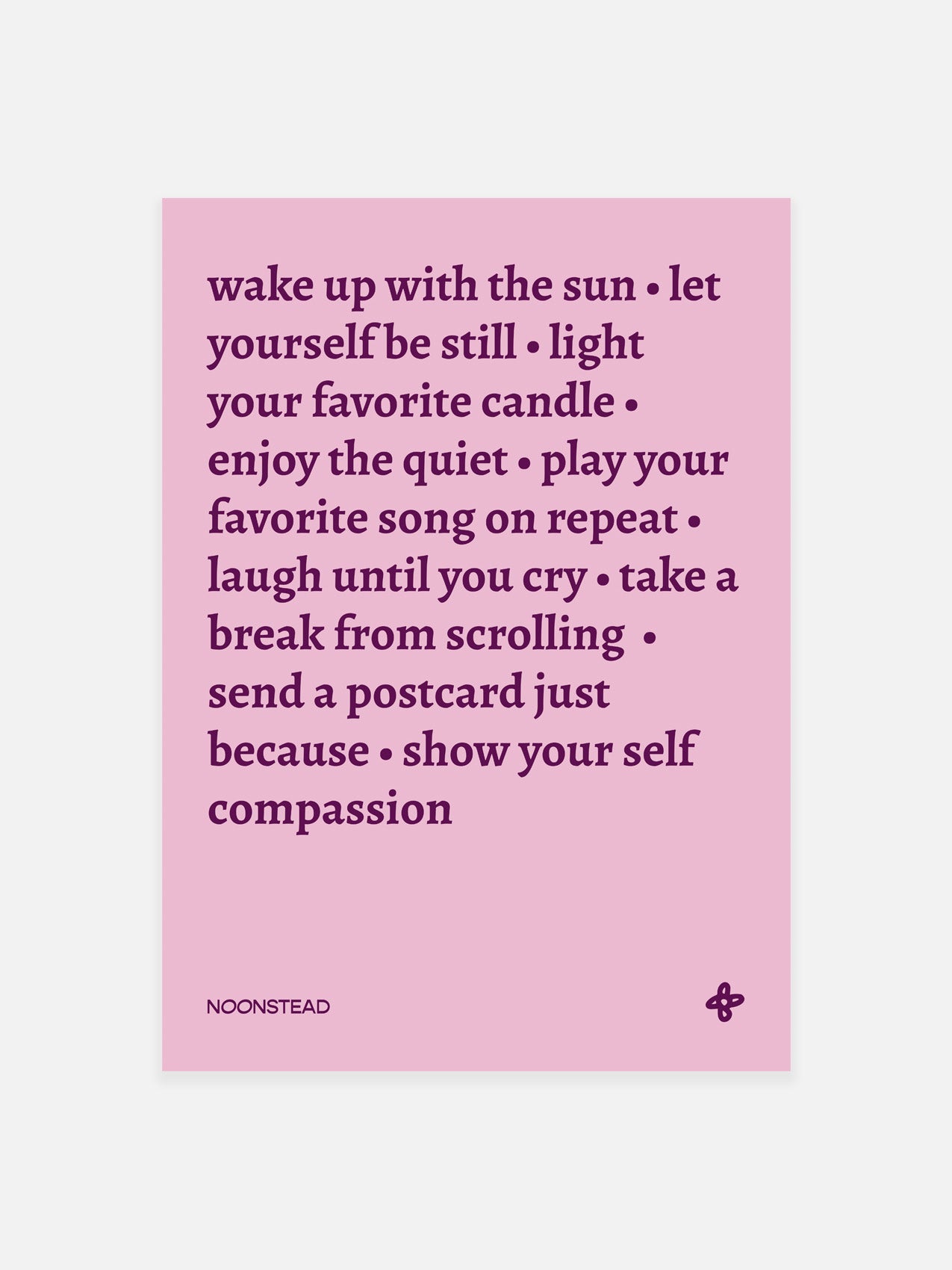
The most popular themes in modern art
Modern art has seen a wide variety of movements and styles emerge over the past century, each with its own unique themes and ideas. In this post, we'll explore some of the most popular themes in modern art and provide examples of artists who have had a significant impact on the art world.
1. Abstract Expressionism
Abstract expressionism emerged in the mid-20th century as a response to the growing influence of European art on American culture. The movement is characterised by large, bold brushstrokes and abstract compositions that convey emotion and energy. Artists such as Jackson Pollock, Mark Rothko, and Willem de Kooning were key figures in this movement, creating works that explored themes of self-expression and individualism.
Pollock's "drip paintings" are perhaps the most well-known works of abstract expressionism. These paintings feature swirling, chaotic patterns of paint that seem to suggest a sense of movement and energy. Rothko's works, on the other hand, are known for their large, flat expanses of colour that create a sense of depth and emotion.
2. Pop Art
Pop art emerged in the 1950s and 1960s as a response to the commercialisation of popular culture. Artists such as Andy Warhol, Roy Lichtenstein, and Claes Oldenburg used images from popular culture, such as advertisements and comic books, to create colourful, bold works of art that reflected the mass consumerism of the time.
Warhol's iconic works, such as his Campbell's Soup cans and Marilyn Monroe portraits, are some of the most recognisable examples of pop art. Lichtenstein's works, on the other hand, often featured enlarged comic book panels with thick, black outlines and bright, primary colours. Oldenburg created large, soft sculptures of everyday objects, such as hamburgers and typewriters.
3. Minimalism
Minimalism emerged in the 1960s as a reaction to the excesses of abstract expressionism and pop art. Artists such as Donald Judd, Dan Flavin, and Agnes Martin created works that were stripped down to their essential elements, with clean lines and geometric forms. These works often featured simple, repetitive patterns and were created with industrial materials such as steel and aluminium.
Judd's sculptures, for example, often feature simple, geometric shapes that are repeated in a grid-like pattern. Flavin's works consist of fluorescent light fixtures arranged in geometric patterns, creating a sense of space and light. Martin's paintings are characterised by soft, muted colours and subtle, repetitive patterns that create a sense of calm and contemplation.
4. Conceptual Art
Conceptual art emerged in the 1960s as a rejection of traditional art forms and a focus on the idea behind the artwork rather than the physical object itself. Artists such as Marcel Duchamp, Joseph Kosuth, and Sol LeWitt used language, performance, and other non-traditional mediums to create works that challenged traditional ideas of art.
Duchamp's "Fountain" is perhaps the most well-known example of conceptual art. The work consists of a urinal signed with a pseudonym and submitted to an art exhibition. Kosuth's works often feature text-based pieces that explore language and meaning, while LeWitt's works are known for their geometric, modular constructions.
5. Street Art
Street art is a modern art movement that emerged in the late 20th century as a form of public art. Street art often incorporates political or social messages and challenges traditional notions of art and ownership. Some of the most well-known street artists include Banksy, Shepard Fairey, and Keith Haring. Banksy's works often feature stenciled images and political messages, such as his famous "Girl with Balloon" piece.
These artists use public spaces, such as walls and buildings, to create works of art that engage with the public and raise awareness about social and political issues. Street art is a dynamic and evolving form of modern art that continues to inspire and challenge audiences around the world.
6. Surrealism
Surrealism emerged in the early 1920s in France and was a reaction to the rationalism and order of society following World War I. The movement is characterised by its use of dream-like imagery, unexpected juxtapositions, and exploration of the subconscious mind.One of the most famous surrealist artists is Salvador Dali, known for his melting clocks and bizarre landscapes. Other notable artists in the movement include Rene Magritte, known for his thought-provoking paintings of everyday objects, and Max Ernst, known for his collages and use of found objects.
In summary
Modern art is a vast and diverse world of art forms that have emerged from different historical, cultural, and social contexts. Understanding the popular themes and movements in modern art can help you appreciate the art you encounter and contextualise it within the broader history of art. From the revolutionary Impressionism of Monet and Renoir, to the bold and colourful Pop Art of Warhol and Lichtenstein, to the expressive brushstrokes of the Abstract Expressionists like Pollock and Rothko, to the dream-like worlds of Surrealism by Dali and Magritte, modern art has given us a diverse and rich collection of styles and movements to explore and appreciate.By gaining an understanding of these themes and movements, you can embark on an exciting journey to discover the art that speaks to you and appreciate the artists' vision and mastery behind each work of art.
People also read
Modern Art Prints & Abstract Wall Art: The Ultimate Guide to Stylish Walls in 2025
Love cool art but not sure what actually works on your walls? We get it. This guide covers everything you need to know about modern art prints, abstract design, styling tips, and our most-loved picks at Noonstead.





